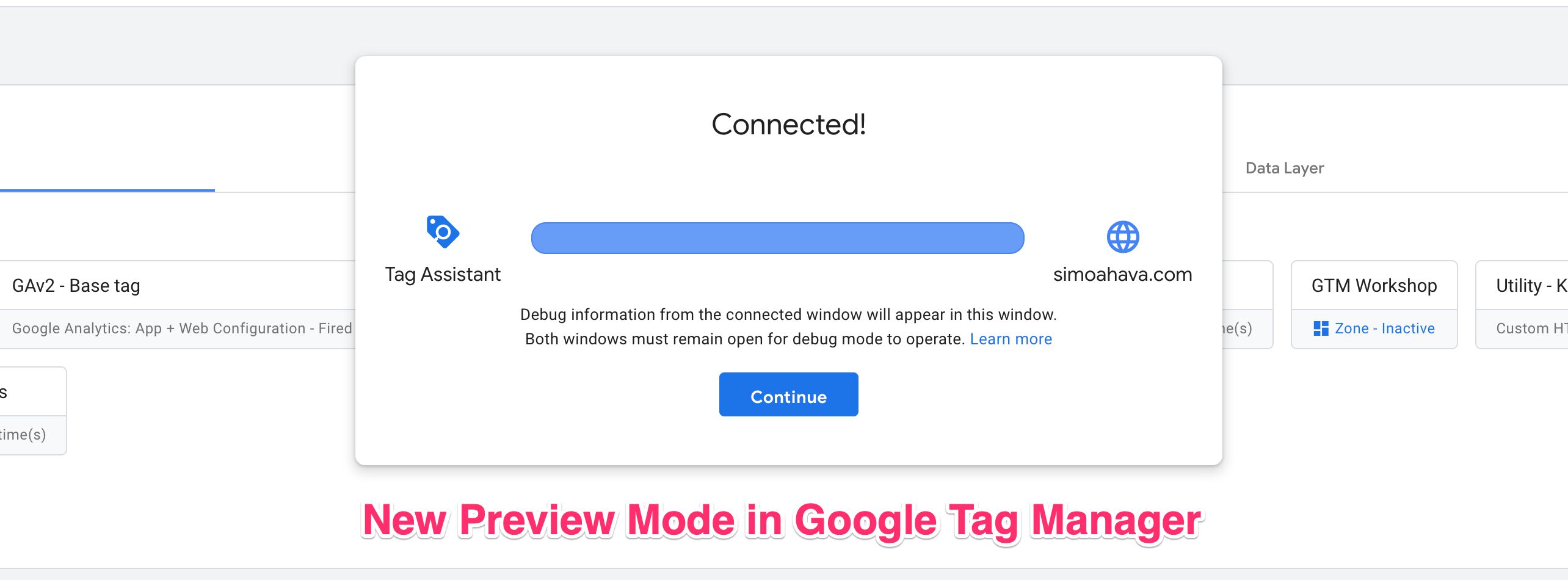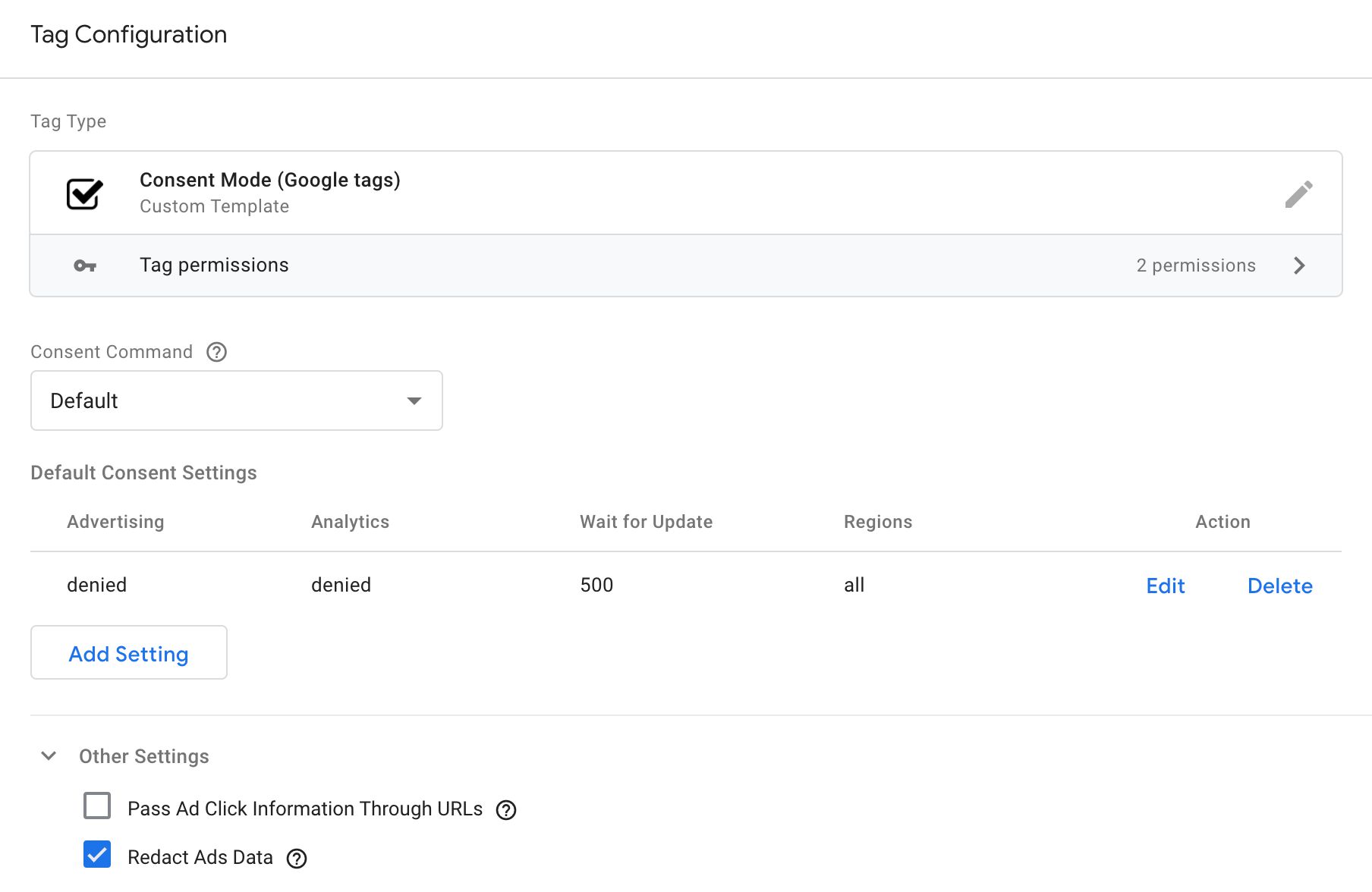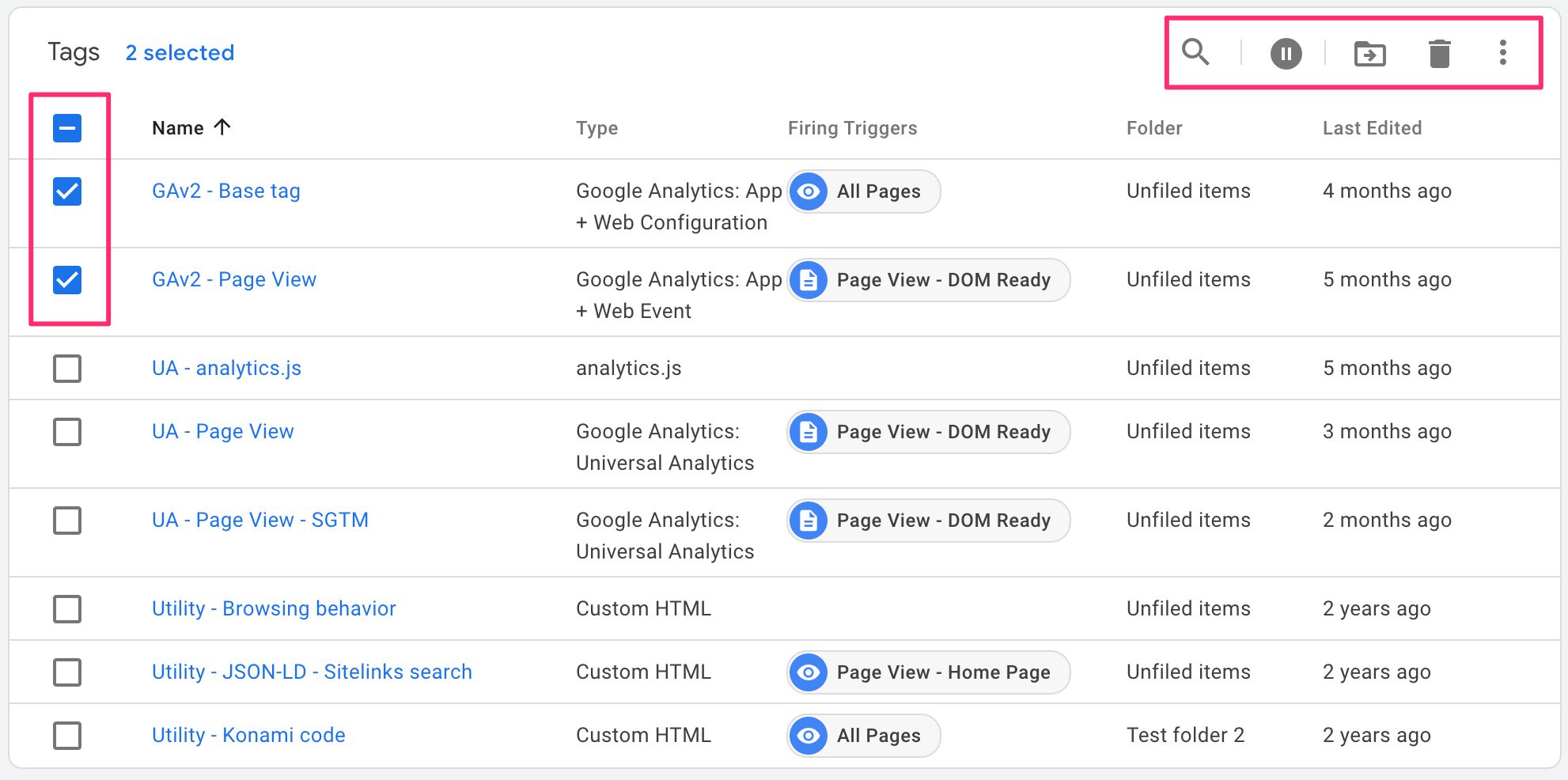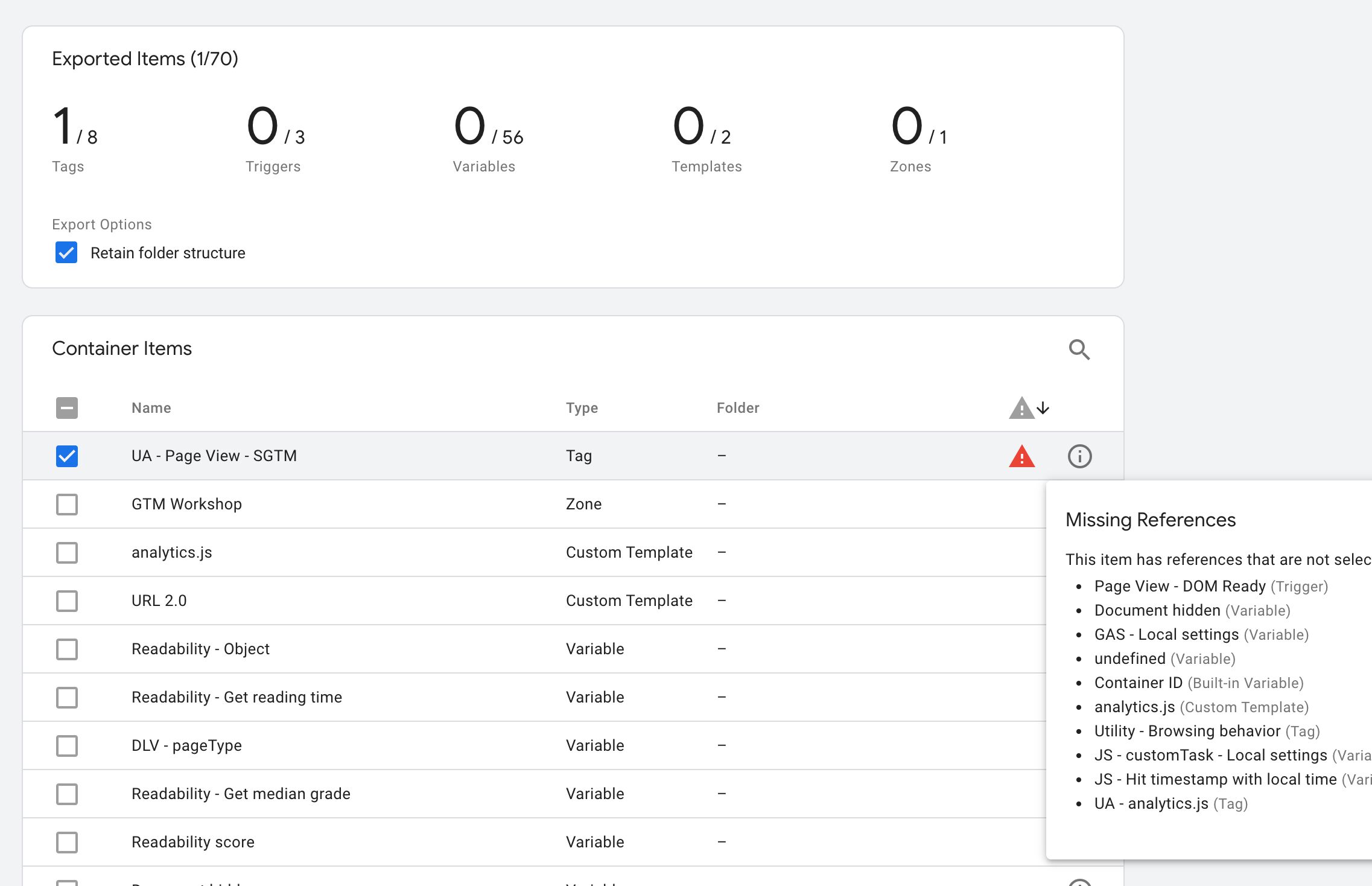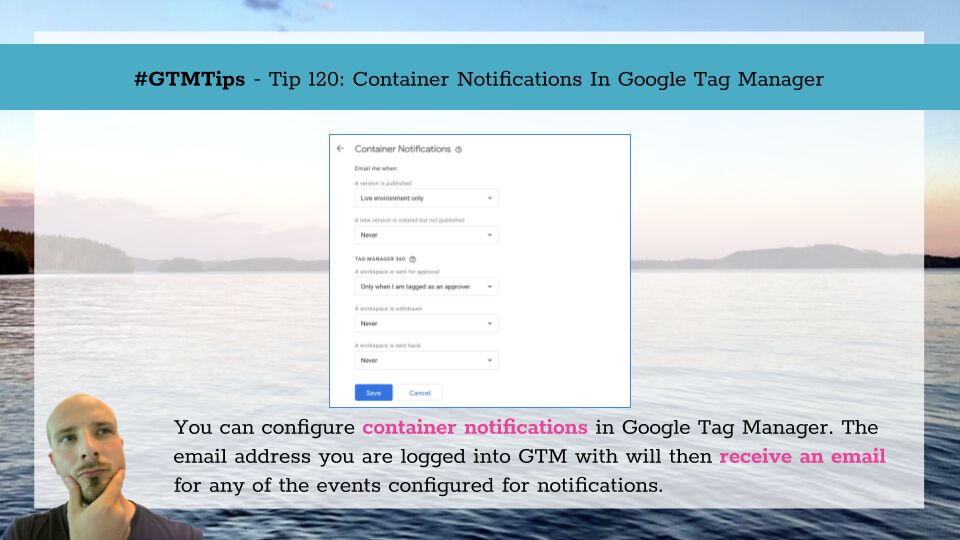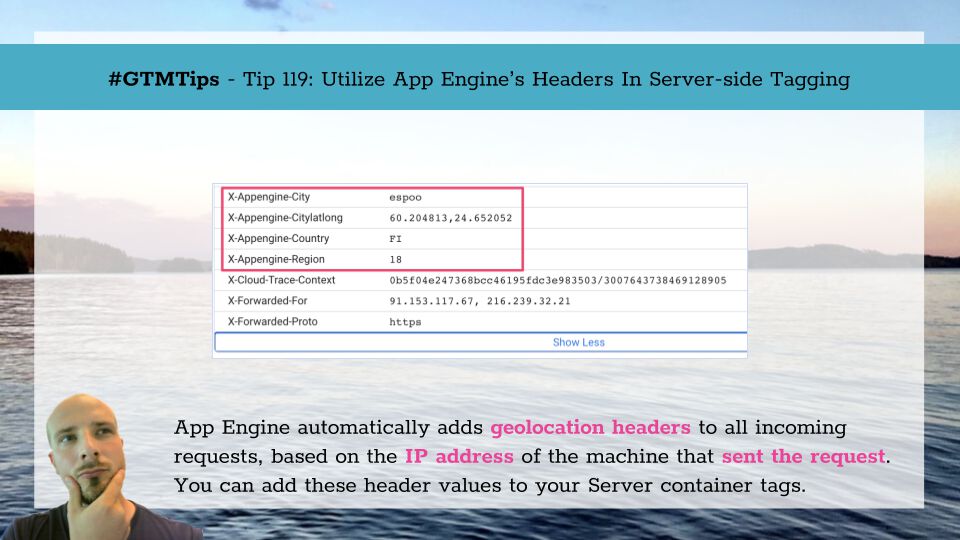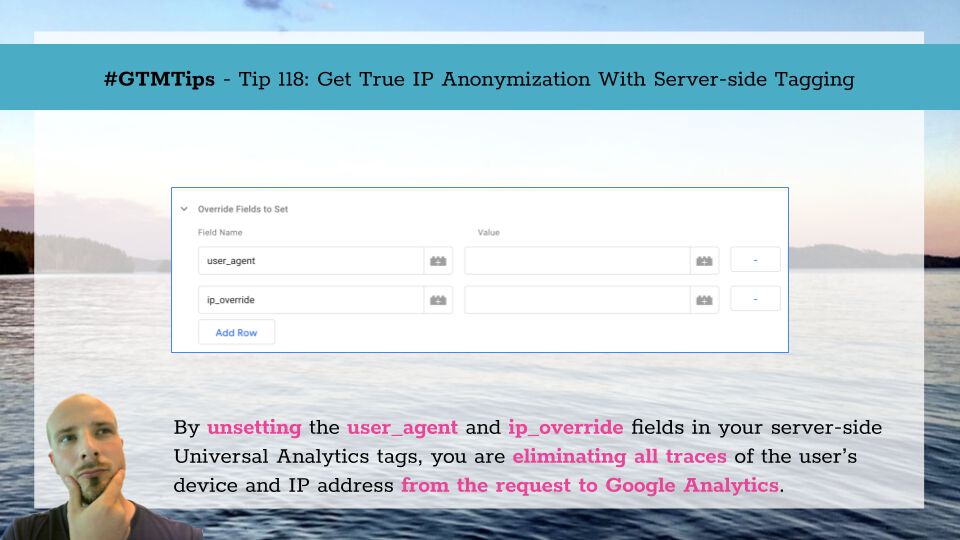Last updated 12 February 2021: Clarified how Preview is shared.
Your favorite tagging platform, Google Tag Manager, now comes equipped with a completely revamped preview mode experience.
Gone are the days of having to minimize the debug pane to prevent it from hogging up screen real estate on the website.
Gone are the days of having to use browser extensions to see what happened in GTM on previous page loads.
